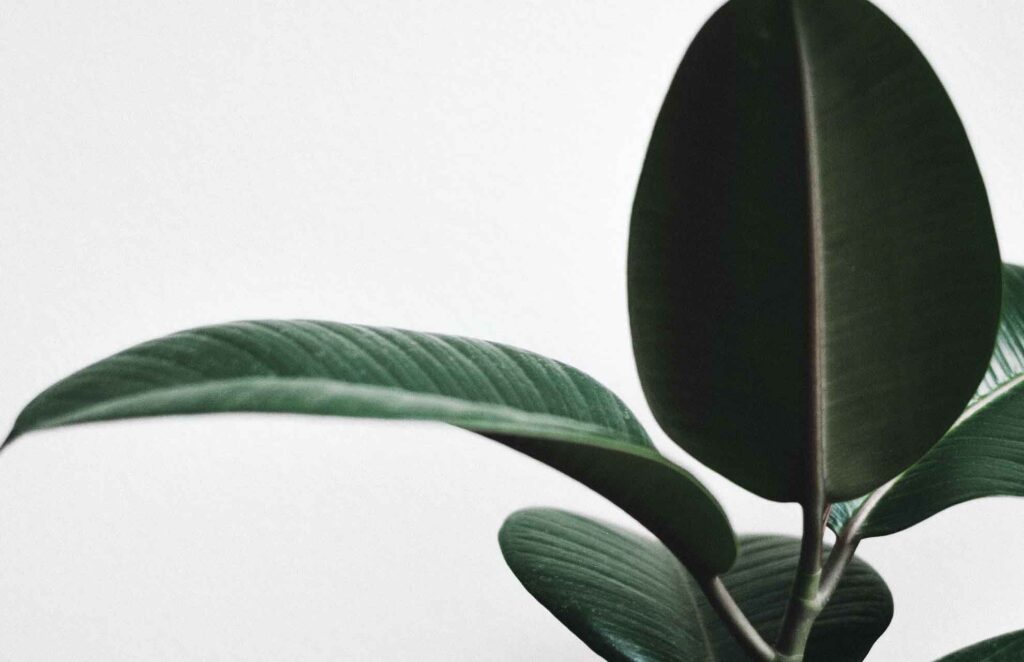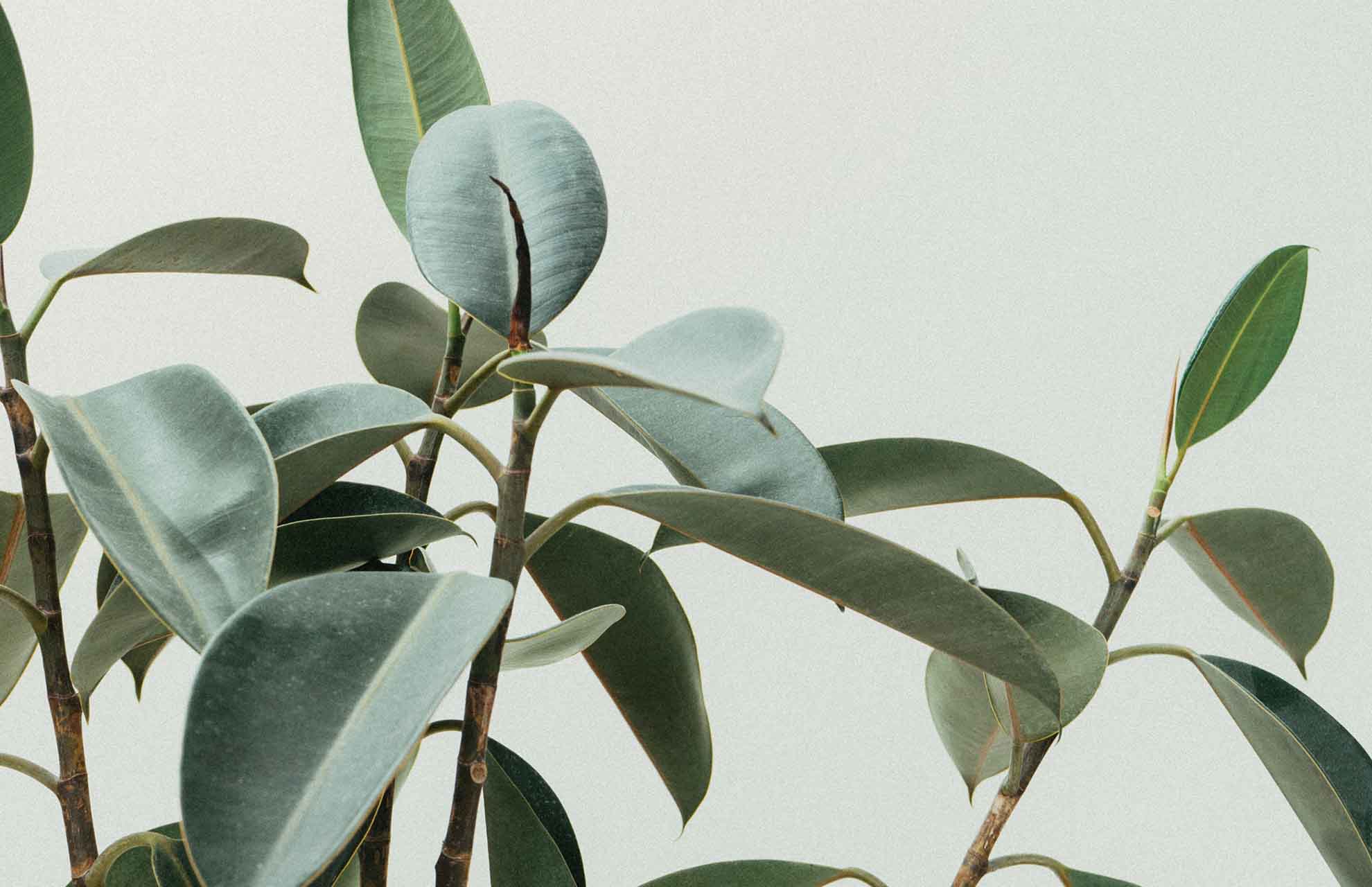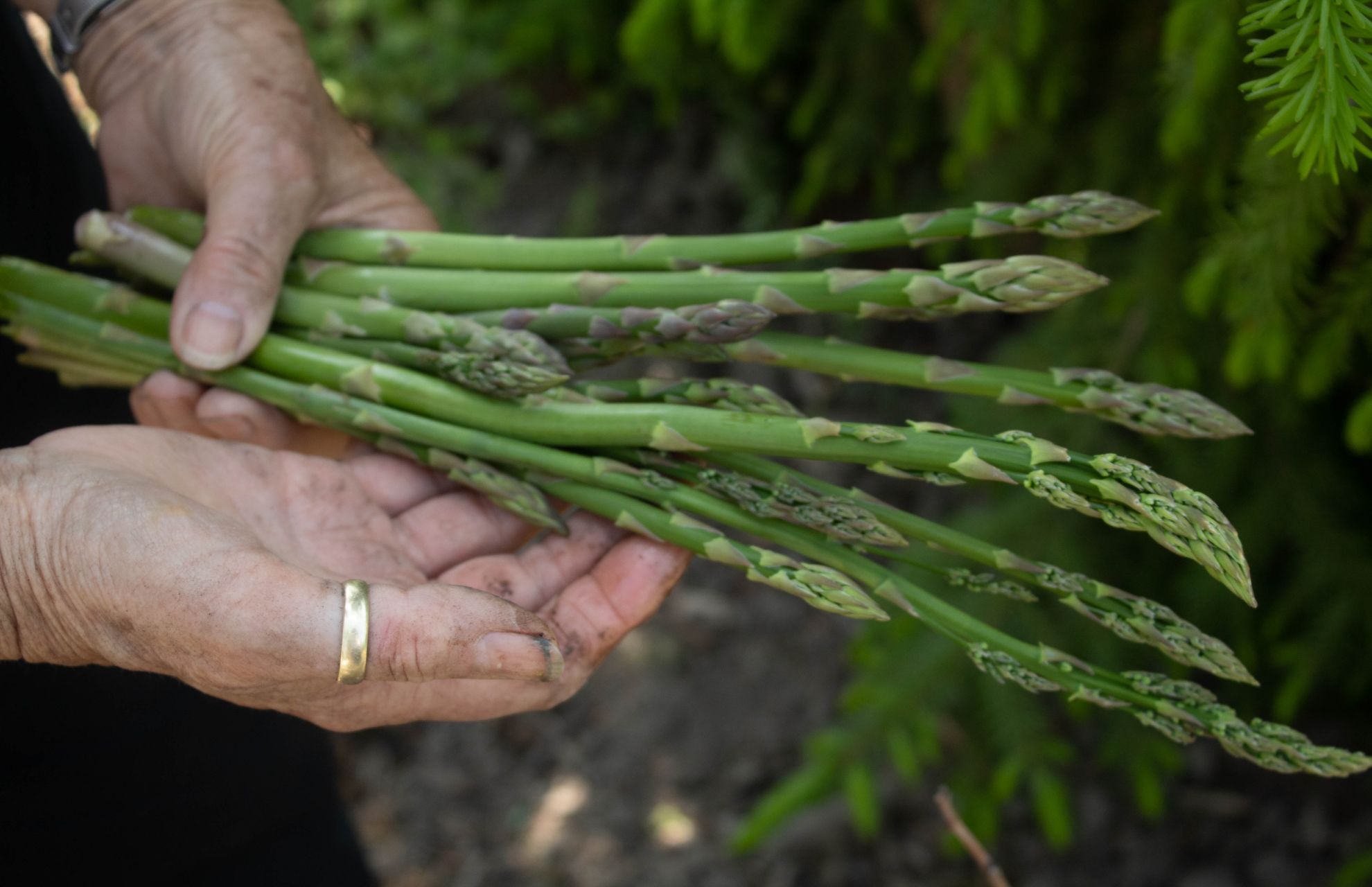Rubber plants are popular houseplants that are loved by numerous for their distinct, waxy foliage and overall beauty. The short answer is that rubber plants are toxic to cats. Some kinds of rubber plants are more toxic than others. You can find how to treat your cats poisoned by rubber plants and how to keep cats from these plants.
What Are Rubber Plants
The rubber plant is a flowering plant from the Moraceae family that’s native to eastern South Asia and Southeast Asia. It has been naturalized in Sri Lanka, the West Indies, and the state of Florida in the United States.
Asia, India, and Malaysia are home to the rubber plant. Having said that, this species may now be set up all over the world, including in the United States. Rubber trees can reach heights of 80 to 100 feet( 24- 30 meters) in the wild.
Outdoors, they stay vastly smaller, yet they still grow large enough to give that gorgeous inner tree look!
Bright but circular light, immaculately from south-facing windows, is ideal for rubber plants( in the Northern Hemisphere). Some kinds, such as the sanguine ‘Burgundy’ and ‘Ruby,’ can repel a few hours of direct sunshine per day.
Rubber plants, like other houseplants, have a strong inclination to bend in the direction of the sun. As a result, rotating the pots or moving them around from time to time is salutary.
Once a month or so should serve. However, when it comes to rubber tree care, this isn’t such a big concern. Unless your plant is on the verge of collapsing, it’s largely for cosmetic reasons.
Is Rubber Plant Poisonous To Cats
Yes, the rubber plant is poisonous to cats.
To protect themselves from pests and other troubles, rubber plants produce poisons.
So that herbivores don’t eat them, they emit enzymes and poisons. Rubber plants are one of the most popular indoor plants, and they’re a hit with everyone. Are rubber plants, on the other hand, dangerous to our cats?
Cats can be poisoned by rubber plants. The tire of Ficus Elastica contains caoutchouc, an active chemical that causes serious detriment to both creatures and humans.
In some cases, it might beget irritation of the mouth or gut, as well as allergies.
Rubber plants, with thick, can descent leaves, are relatively poisonous to pussycats. When the stems and leaves of Ficus elastica are cut, the tire is prickly.
Still, this tire irritates the skin and damages the digestive system, if ingested. Symptoms include mouth vexation and lumps.
That isn’t to say that you shouldn’t have these beautiful plants at home; rather, you should be completely informed before getting one or if you presently have one.
Rubber plants aren’t at all cat-friendly. Rubber plants may not kill your cat, but they will beget them several difficulties. However, the poison within can develop into a more serious problem, if left unattended.

All faves, including tykes, pussycats, small faces, and catcalls, should be kept down from these plants.
When you cut the rubber plant’s leaves and stems, they exude an unpleasant sticky tire. This tire contains a DNA-attacking enzyme called fabrication, as well as chemicals like psoralen. However, they can beget serious injury to pussycats, if consumed.
Pussycats will avoid playing with or around rubber plants because if the stems or leaves of the rubber plant are punctured, your cat will become irritated.
Rubber plants aren’t the plant to play with if your cat likes to nip on plants. Their lips would expand and their intestines would be affected by the poison.
Symptoms Of Rubber Plant Toxicity In Cats
Still, irritation of the mouth and gastrointestinal tract can occur, if your cat has ingested a rubber plant. Skin irritation is also a possibility if the tire gets on the cat’s skin. Thankfully, rubber plants aren’t as dangerously poisonous as other plant kinds and generally aren’t fatal, especially if only a small quantity is ingested. Anyhow, the stylish course of action is to communicate with your veterinarian as soon as possible for guidance on how to handle the situation. The symptoms of rubber plant toxicity include:
- Decreased appetite
- Drooling
- Vomiting
- Diarrhea
- Skin irritation
How To Treat Rubber Plant Toxicity In Cats
Rubber plant poisoning in pussycats is treated by removing the plant from the nimble to help further ingestion and exclude the poisons from the cat’s body.
Rubber plant poisoning in pussycats is treated by removing the plant from the cat to avoid additional intake and to eliminate the venoms.
The cat’s mouth will be rinsed out with distilled water because oral discomfort is typical. To stimulate the nimble to heave and remove undigested plants from the upper digestive tract, an emetic medicine will most probably be given.
Still, your veterinarian may define actuated watercolor, if your cat hasn’t heaved. Actuated watercolor binds to the toxic substance, precluding the body from absorbing the plant composites further.
Still, the veterinarian may prescribe Kapectolin, a drug that coats the stomach wall with a thick layer, if the stomach has been bothered by the Indian rubber plant.
The veterinarian may give sucralfate to lower stomach acid inside the stomach and help high acidity from eroding the stomach’s mucosal layer.
Sucralfate forms a paste-like coating with stomach acid, acting as a barrier between the stomach contents and the soft tissues of the stomach.
Because vomiting and diarrhea cause the cat’s fluid situations to decrease dramatically, the feline’s treatment may end with IV fluids to restore his or her hydration.
Prevention
The best way to avoid poisoning is to prevent access of your cat or puppy to the rubber tree. Alternately, compass your inner or outdoor rubber tree with lemon rinds– pussycats do not like the smell of bomb rinds or citrus oils. Cayenne pepper, sprinkled around an outdoor rubber tree, may deter your puppy dog or canine from approaching the plant.









